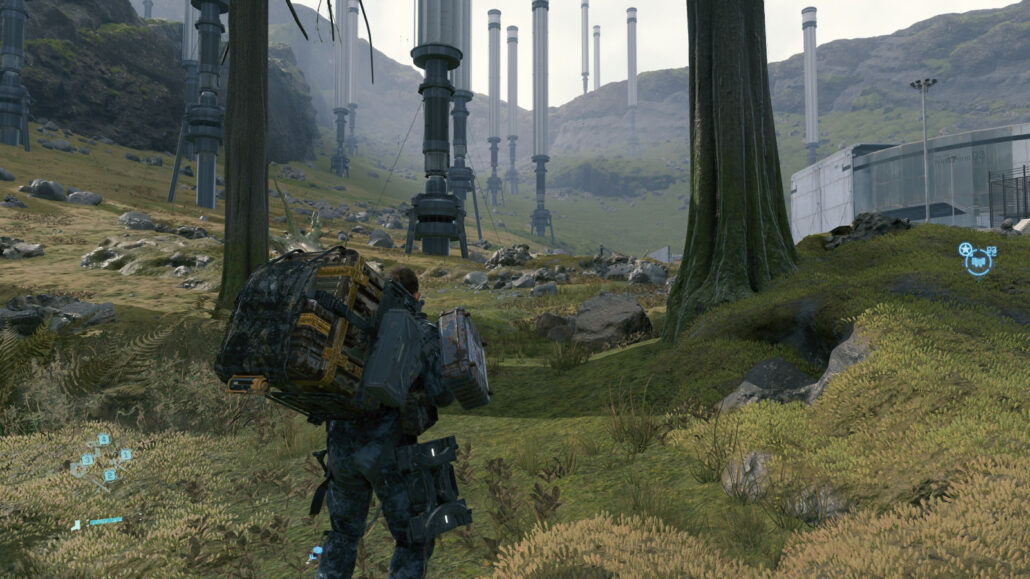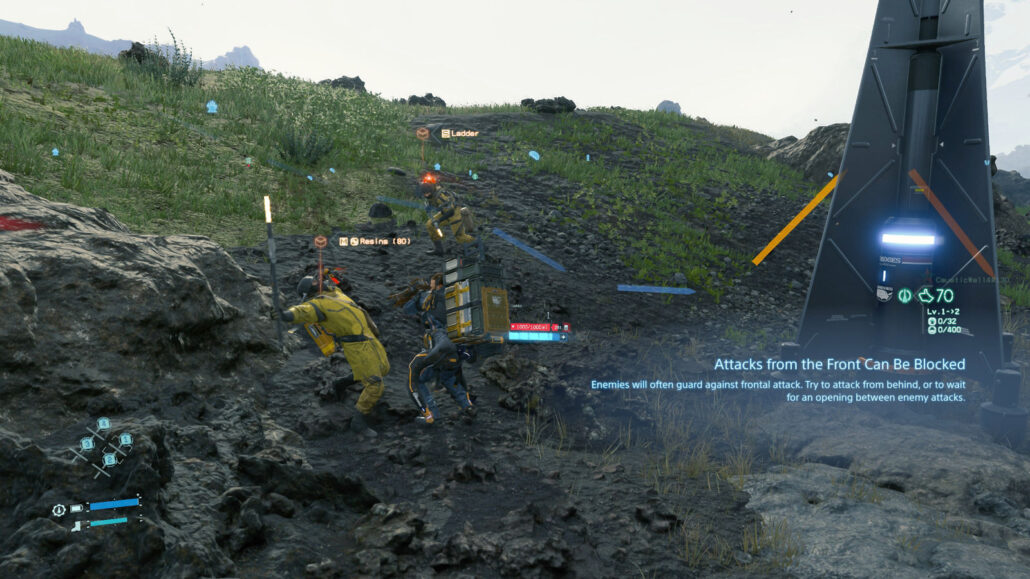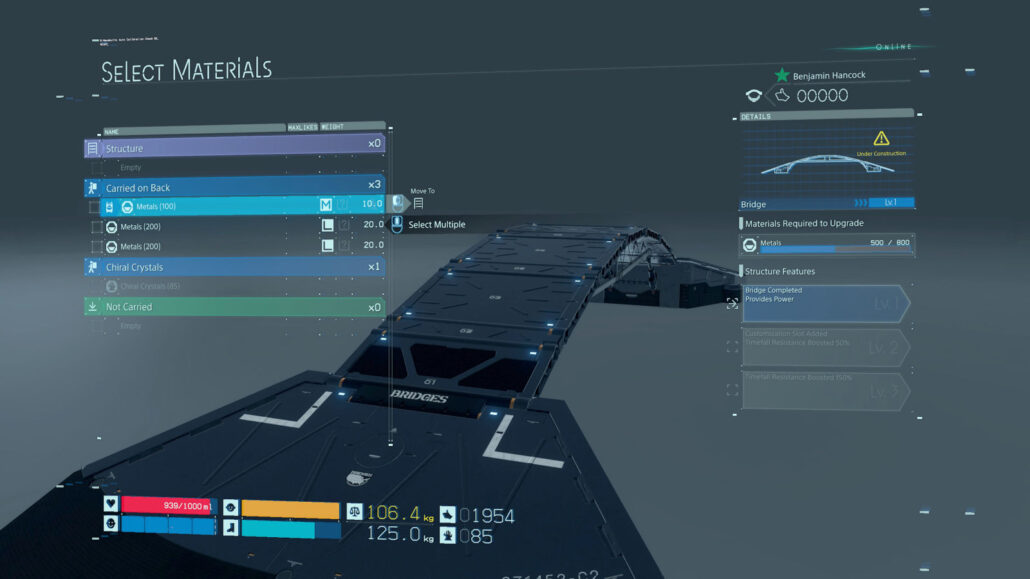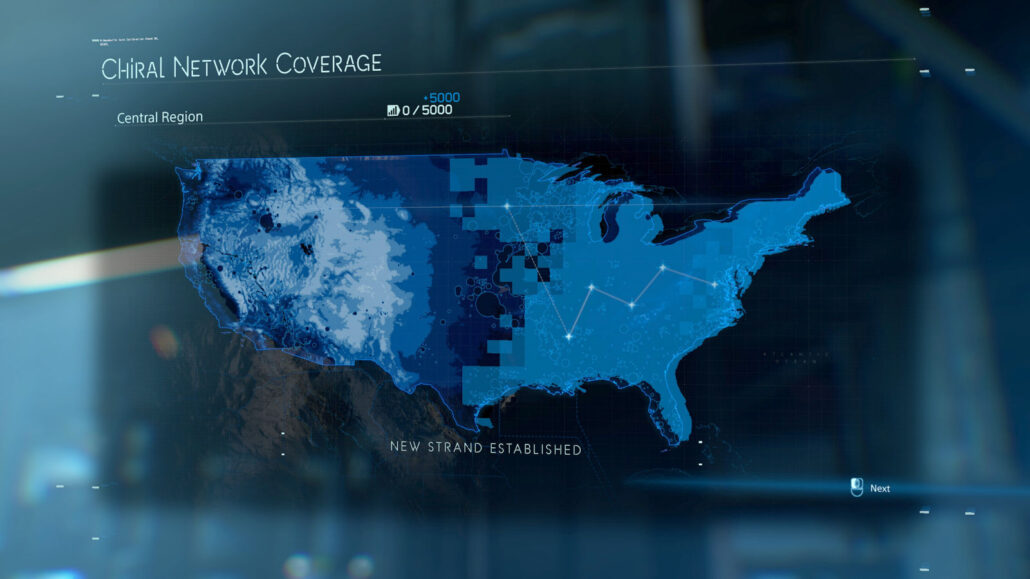Developer: Kojima Productions | Released: 2022 | Genre: 3PS, Adventure
This game was essentially Hideo Kojima discovering walking simulators and then saying:
Let’s make an AAA game out of that!
The human characters models and their facial animations were out of this world in this game. Probably the best I have seen so far. The pimples, the eye colors, the perfect lip sync. Really amazing work.
If anything, the camera was often too close to their faces.
Being late to the party as always, I actually didn’t want to play this for the longest time. It looked like it could be frustrating. While it was certainly not devoid of enemies and boss fights, it had enough interesting treks across Icelandic landscapes to warrant me spending some time with it.

Another reason I liked the game was how refreshingly different it was. In a world dominated by hackneyed tropes such as fantasy games with sword-wielding warriors and wizards with fireballs, first person shooters with reloading guns and bullet sponge enemies, and point-and-click adventures with object-combining inventories and dialog choices, this AAA game dared to try something entirely different.
A package delivery simulator. A more apt definition than walking simulator.
Orders were typically about walking several kilometers across troublesome landscapes carrying heavy packages for delivering them with as little damage to them as possible. The protagonist, the taciturn Sam Bridges played by Norman Reedus, could carry quite a lot but he did have a limit. With heavy equipment, I had to be careful not to drop and damage the goods.

Left and right mouse button course corrected whenever Sam was about to stumble sideways. Both mouse buttons down seemed to be a wise choice when crossing rivers. I could use ropes, and also ladders for climbing or as a makeshift bridge. There was a light multiplayer component like in Dark Souls, where other players could leave equipment or tips behind. If it came in handy for me, like a ladder used as a bridge already in place across a deep river, I would give the player a like.
The story and all the setup for the gameplay had a reputation for being weird and incomprehensible, but although I admit it was indeed quite weird, I actually didn’t find it all that hard to understand. After a few chapters, I was given the overall task of visiting various knot points in America to establish a network for the United Cities of America. Sam was reluctant to do this at first, but did it for personal reasons.

The invisible BT monsters were hard to detect and could drag me into a tar lake for me to escape an oily boss. I had a baby in a glass pod with the ability to detect them, but at first it was best to avoid these monsters as they usually gave me a hard time. In fact, I was pretty much always owned until I finally got access to grenades powered by a blood transfusion. These balanced it out, making it much more fun to sneak around the BT’s and sometimes kill them with an arced toss.
It was important to learn how to interpret BB’s weird satellite-style radar device. It pointed in the direction of the nearest BT and waved shut to the frequency of the distance to it. Too close and it changed color to orange. It made stealth feel considerably different from other stealth games. Together with excellent ambient background sounds, it made me sit on the edge of my chair each time.

MULE humans were trying to steal my packages, and they had their camps that I could sneak around in. However, it was also possible to just run towards it and start knocking them out with a bola gun or a melee hotkey. I also must say fighting those guys was not difficult at all. They were pretty much pushovers.
Nevertheless it still felt annoying having to cross through their territories all the time.
Not everything was great about this game. The menus really needed some work to make them significantly more intuitive. They were indeed slick, with lots of style and subtle animations, but I often had to search for where to find things like e.g. auto-arranging cargo on my person. That they were also often overwhelming, offering tons of options and menus inside other menus, certainly didn’t help matters.
Some things were even downright perplexing, like how I had to use the system menu from the cuff links to save my game. The system menu seen with hitting the “Esc” key didn’t have that option. Why!?

Not only the micro management in those menus dragged the game down for me. I also think it went a bit too far with the crafting. All sorts of devices could be created with the right materials. Bridges, roads, mail boxes, watchtowers, trikes, guns, grenades, ladders, exoskeletons, and so much more.
It was so severe that the ring menus for equipping an item sometimes even had several pages.
Given the Icelandic looking landscape and the relatively minor walking distances, it’s puzzling how fast Sam moved across America. It made for a strange disparity that often made me think, perhaps the developers should have chosen a smaller place. Like Iceland, for example.
Some of the longer treks automatically started a piece of music with the title and artist shown in the right side. I really liked that. I was like turning on the car radio for some good music while on the highway.

I discovered the hard way what happens when Sam couldn’t reach the bottom of a river. I was swept along it and started losing cargo. Turns out scanning the area also revealed where rivers were too deep. Fine. I just wish I didn’t have to learn it that way. Did I miss a memo?
Benjamin Hancock reminded me of John de Lancie. Coincidence?
If I walked inside a small MULE tent with too much cargo on my back, the top boxes could be knocked off. It was annoying having to pick it up again afterwards, but I still thought it was a nice touch.
By the way, what was up with that incredibly low budget title screen? Was that a PC only thing?
Abandoned after 10.8 hours in Episode 3, just about when I was tasked with creating a road.


